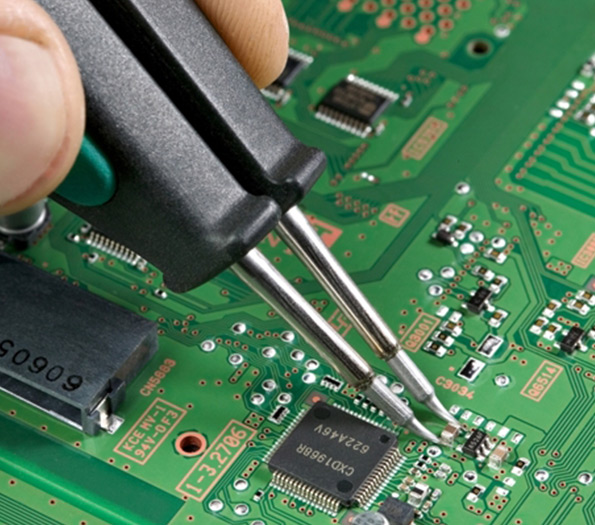

Understanding OEM Tempered Glass Attributes and Applications
Tempered glass, also known as toughened glass, is a type of safety glass that has been treated by processes of extreme heating and rapid cooling to increase its strength compared to normal glass. In various manufacturing sectors, Original Equipment Manufacturer (OEM) tempered glass has gained prominence due to its exceptional durability, thermal resistance, and versatility. This article explores the features, benefits, and applications of OEM tempered glass, providing insight into why it has become a preferred choice for many industries.
What is OEM Tempered Glass?
OEM tempered glass refers to customized tempered glass products manufactured to meet specific requirements set by an original equipment manufacturer. These glass products can be tailored in size, shape, thickness, and finish, ensuring they seamlessly fit into the end product they are intended for. The tempering process involves heating the glass to approximately 620 degrees Celsius and then cooling it rapidly. This process enhances the glass's mechanical strength and thermal resistance, making it less likely to shatter or fracture under stress or temperature changes.
Key Benefits of OEM Tempered Glass
1. Safety One of the primary advantages of tempered glass is its safety features. In the event of breakage, it fractures into small, blunt pieces instead of sharp shards, significantly reducing the risk of injury. This makes it an ideal choice for environments where safety is paramount, such as in commercial buildings, vehicles, and shower enclosures.
2. Durability OEM tempered glass is significantly stronger than untreated glass. It can withstand heavier impacts and thermal stresses, making it suitable for various applications, including facades, doors, and windows in high-rise buildings.
3. Thermal Resistance The manufacturing process enhances the glass's ability to tolerate temperature variations. This thermal resistance allows it to be used in applications where extreme temperature changes occur, like in kitchens or as part of architectural elements in buildings.

4. Aesthetic Appeal OEM tempered glass can be manufactured with a variety of finishes, including frosted and tinted options, allowing manufacturers to create visually appealing products that meet design specifications.
5. Customization As mentioned earlier, OEM companies can customize tempered glass to fit their specific requirements. This level of customization allows for innovation in design and function, making it suitable for various applications across numerous industries.
Applications of OEM Tempered Glass
The versatility of OEM tempered glass ensures its widespread application across different sectors. In the construction industry, it is commonly used for facades, skylights, and balustrades, enhancing both safety and aesthetics. In the automotive sector, it is utilized for windshields and side windows, providing enhanced safety and durability.
Moreover, OEM tempered glass finds significant use in the kitchen, in the form of tabletops, splashbacks, and oven doors, providing both functionality and style. In the field of electronics, it is increasingly used for screens and covers, combining protection with allowing for sleek designs.
Conclusion
In summary, OEM tempered glass is a remarkable material that offers a blend of safety, durability, and aesthetic versatility. Its unique properties enable it to withstand demanding conditions, making it an ideal choice across various industries, including construction, automotive, kitchenware, and electronics. As manufacturers continue to seek innovative solutions, the demand for OEM tempered glass is likely to grow, cementing its role as a cornerstone in modern manufacturing and design. Understanding its benefits and applications is essential for anyone looking to integrate this material into their products or projects effectively.